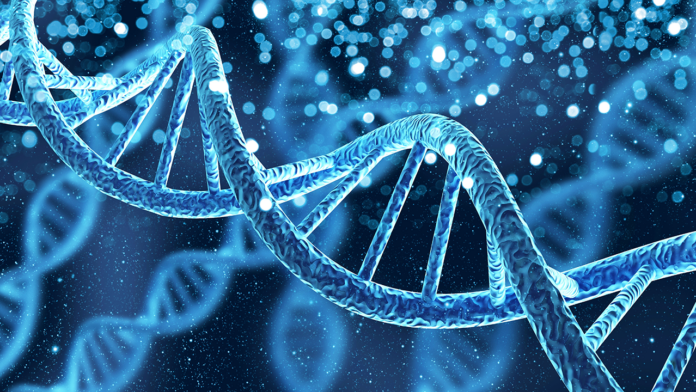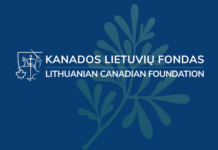
Discoveries by Vilnius University
Using advanced supercomputers, researchers have looked into the genes of Lithuanians and found they have much in common with ancient peoples and even Neanderthals. According to researcher Alina Urnikytė, it seems that Lithuanians are one of the few peoples who have preserved the European gene pool. Researchers long thought there were only two “unique” groups of people left in Europe: the Basques and the Sardinians. But now Lithuanians can be added to the list, she said.
Researchers discovered that Lithuanians had some of the largest genetic footprints of European hunter-gatherers, usually found in closed populations living in mountainous areas or on islands.
In Lithuania, the population has retained its uniqueness not only for natural, but also for cultural reasons.
“Both Basques and Lithuanians have retained their uniqueness by being surrounded by other peoples. So not only geography, but also the worldview of the inhabitants had a huge impact,” she said. “It was only after the last ice age […] that favourable living conditions emerged in Lithuania, which was also heavily forested and swampy, so movement was limited by the land’s natural conditions.”
By comparing the genomes of today’s Lithuanians with those of Neanderthals and other ancient peoples, researchers at Vilnius University were able to explain the origins of the Lithuanian physical features, metabolism and immunity. Urnikytė and her colleagues are investigating how the Lithuanian genome has changed over generations. For the first time, the team has managed to sequence the entire genome.
Lithuanian genes showed they had adapted to fight infectious diseases. They also discovered another gene left by the Neanderthals – BNC2, which is responsible for skin pigmentation and hair structure. This gene is found throughout Eurasia, so depending on its expression, it can lead to both light and dark skin colour.
“As modern humans migrated northwards towards colder climates, it was advantageous for them to have fair skin, as it allows vitamin D to penetrate better. It is not the only gene responsible for our fair skin and blue eyes, but one of these gene variants is found in the Lithuanian population at a much higher frequency than in other European populations,” said Urnikytė.
The team has identified characteristics that have been influenced by natural selection for 250,000 years. She compared this data with the genome of the three generations of Lithuanians living today and identified eight genetic regions that have been repeated across the three generations. “These genes were, and still are, most likely responsible for adaptation to a particular diet. It is very possible that these genes come from the hunter-gatherer days when meat and oily fish were staple foods, and the body had to adapt to these foods,” Urnikytė explained. “Interestingly, these signals are still very strongly expressed in our population today. This is probably one of the reasons why Lithuanians not only like but are also able to digest cepelinai [dumplings] with bacon,” she smiled. LRT.lt



























